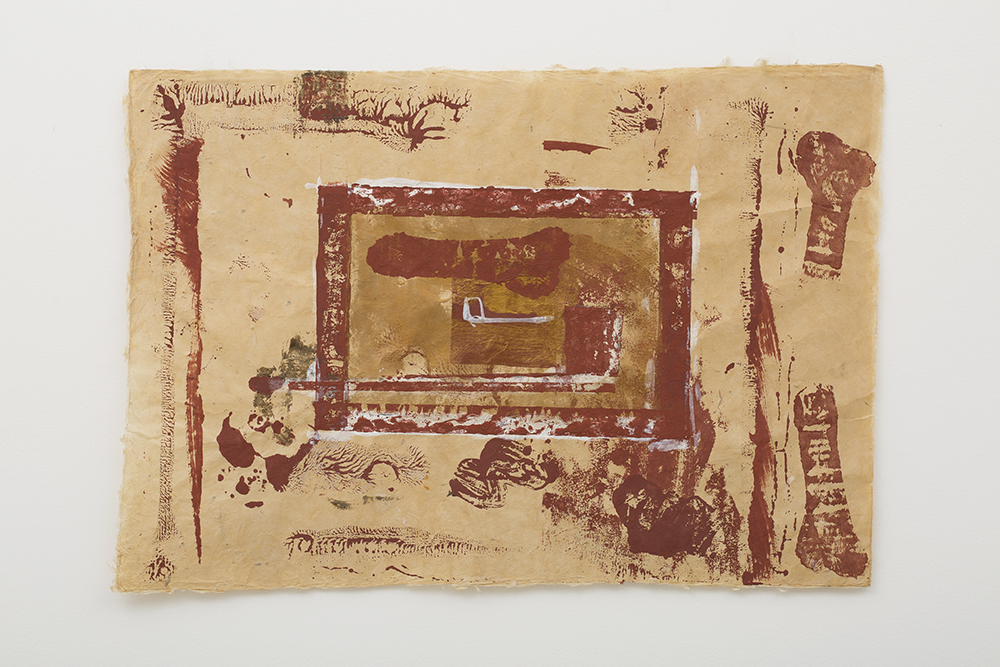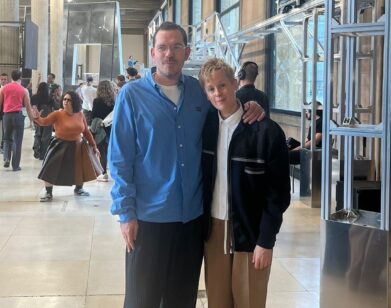Antonio Dias Doesn’t Make Plans
“It was very spontaneous,” recalls Brazilian artist Antonio Dias of a trip he took to Nepal four decades ago. Looking to break out of a lull in his career, the now 72-year-old found himself in a small village, working with local artisans to produce handmade paper, an activity central to the community’s economy. Living in Milan after fleeing Brazil’s turbulent political environment, he told his friends and associates he was going to Nepal for “to buy paper for an edition.” Upon discovering that he could not purchase it at a conventional store, Dias went to the people who made it from scratch. Over a period of five months, from 1977-78, he gradually adapted the process for his art practice, making a series of collage works with the paper, which he modified for aesthetic effect.
The resulting body of work is known as Dias’s “Nepalese Papers” and includes works from as late as 1997, when he ran out of the paper he had taken with him. While his artistic output was previously laden with pop and minimalist influences, his trip to Nepal marked a major shift towards the organic, humanistic tone the material engendered.
In efforts to provide insight into Dias’s oeuvre, Galeria Nara Roesler has unearthed a selection of key pieces, which are now on view through June at its São Paulo location, following a show of the work at the Rio de Janeiro space last year. Over drinks at his hotel in São Paulo, Dias explains that the series had mostly been in boxes since a small show in 1978. “It was very accepted by some of the critics, but very badly criticized for the dirty papers,” he says, chuckling.
The works are muted, with subtle shades of mostly red, grey, and beige created by mixing the paper with substances like iron oxide, soot, and clay. One work contains two handprint shapes cut out of the paper: one is an outline of Dias’s hand, the other a villager’s. In some works there are symbols representing flags and hammers, which resonate with political undertones throughout his practice.
Dias is currently based between Rio de Janeiro and Milan, where he was embraced by Arte Povera circles in the late 1960s after being forced out of Paris, the first city he lived in after leaving Brazil, due to issues with his visa. Asked how he navigated his perpetually uncertain future, Dias stands by one philosophy: “No plans.”
ANTONIO DIAS’S “NEPALESE PAPERS” WILL BE ON VIEW AT GALERIA NARA ROESLER IN SÃO PAULO THROUGH JUNE 4, 2016.







